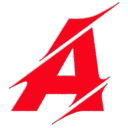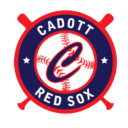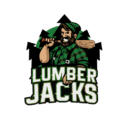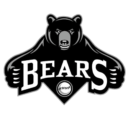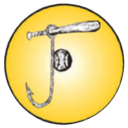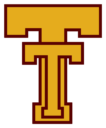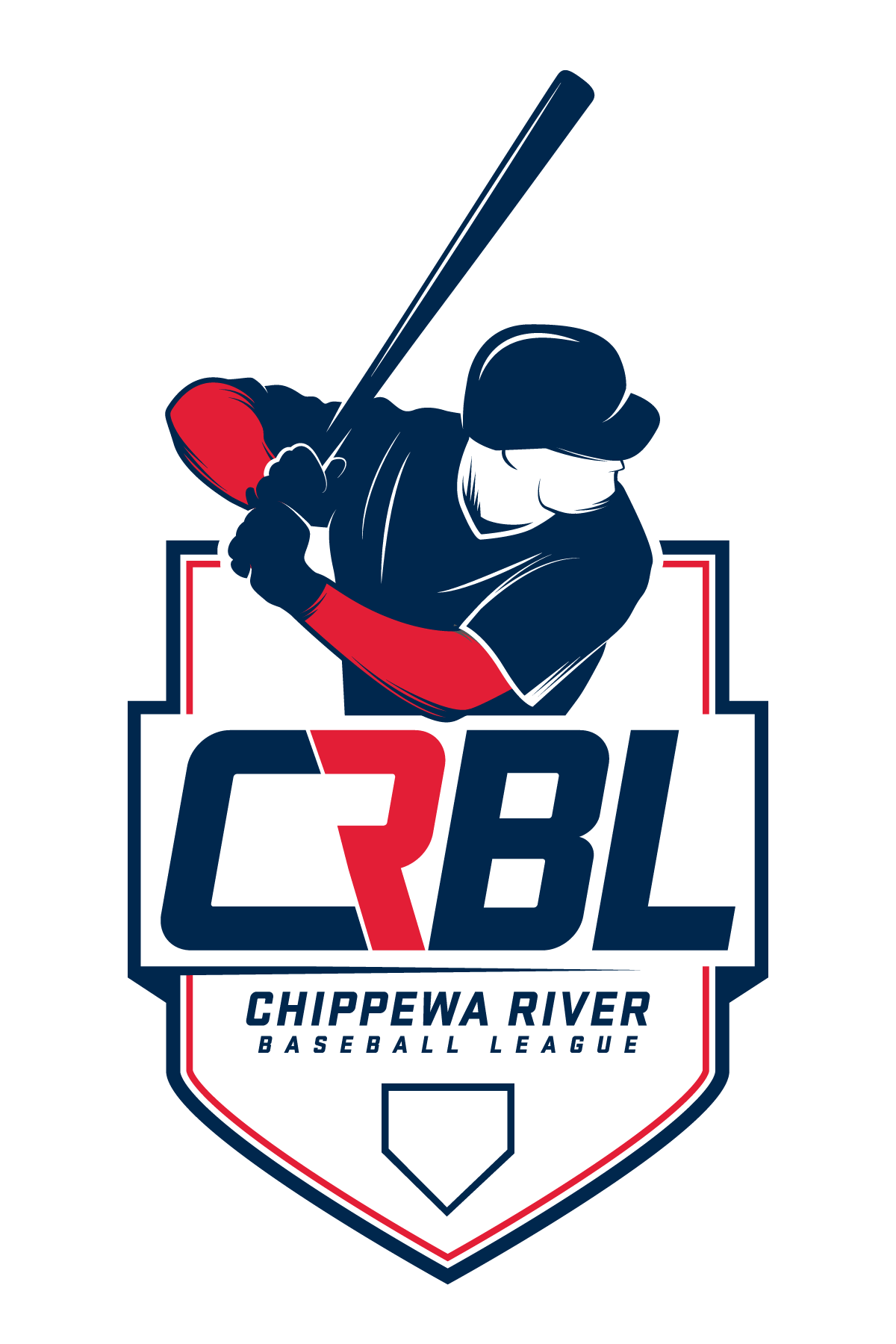Anyone associated with the Chippewa Rivers Baseball League (CRBL) within the last 25 years has most likely heard the name Andy Niese. Having played for four different teams throughout his 28 playing career (1993 to present) and managing two teams – Chippewa Falls Lumberjacks and Eau Claire Rivermen – he’s no stranger to amatuer baseball in the Chippewa Valley.
His infectious knowledge for baseball within the Eau Claire and Chippewa led to a rather unique project. On a September day in 2003, Niese decided to begin an endeavour that would bring a tremendous amount of historical information together in the form a league history and record book. His first edition was printed in 2009.
Question & Answer
QUESTION: What gave you the idea of putting together a history book of the Chippewa Rivers Baseball League?
ANSWER: Going back to my first CRBL season in 1993, I had heard the stories from veterans about the CRBL’s long history, and always wondered “how old” the league really was. I originally began creating a record book for the Chippewa Falls Lumberjacks in the fall of 2003. I quickly realized through that research that there was a treasure chest of information on the CRBL and amateur baseball in this area that had been buried by the natural passage of time. I decided I was going to give it a shot, and see exactly what the history of the CRBL involved.
QUESTION: What did you envision this project to become? And did you think it would be done after you completed your first edition?
ANSWER: I envisioned it being a CRBL/amateur baseball version of the Baseball Encyclopedia, an awesome and vast publication of baseball stats that I grew up with. And no, I always foresaw this being a running, continuously updated history of the CRBL’s existence.
QUESTION: What kind of feedback did you receive from other players or coaches?
ANSWER: Early on I don’t think anyone knew how big and comprehensive it was going to become, or that it would be updated annually. Once people started seeing rough drafts and “test runs”, the feedback was all positive and thankful.
QUESTION: You had your book inducted into the National Baseball Hall of Fame in Cooperstown. How suprising or rewarding was it when you heard this news?
ANSWER: Truthfully, my wife contacted Cooperstown on my behalf. I didn’t think they would have any interest. Then, I received an email from Cooperstown saying they were interested. Yes, it was extremely surprising when they notified me they wanted a copy. I remember speaking to one of their head librarians on the phone, she was very cordial and nice. I have the certificate of donation framed in my office at home. It is even signed by Jeff Idleson, the Hall of Fame’s president. Frankly, it is still an odd and humbling feeling to look at it.
QUESTION: Who are some of the most memorable people you have met trying to collect this league information?
ANSWER: The people that come to mind right away include Monk Solie from Cornell, Porter Popple from Chippewa Falls, George Gannon from Chippewa Falls, Roger Bergeron from Jim Falls, Ron Buckli from Eau Claire, and George Jackson from Cadott. There have been so many people and faces over the last 17+ years of compiling info, and all of them have been so gracious and thankful for the book.
QUESTION: What were some of the biggest hurdles in gathering all the information?
ANSWER: Time and filling in the sporadic gaps in information. The unavoidable time and focus it takes to comb through microfilm and internet searches to find miniscule box scores and game summaries can get intense. There have been some frustrations in that process as some years and eras were much better than others in recording data and info. In those instances, I’ve had to rely on statistical patterns or self-created, anecdotal algorithms as well a few “guesstimations” to fill in or theorize on that lost information and data. As I’ve said for a long time — are these estimations exact? No. Are they close and better than nothing? Yes and yes.
QUESTION: Currently, you are on version 12 of the CRBL history book. How long do you see yourself updating information?
ANSWER: I’d like to think I have a few decades left to keep it going. That said, the time and effort it takes doesn’t always jive real well with the demands of life — family, work, sleeping, etc.
QUESTION: You were also instrumental in starting the CRBL Hall of Fame which recognizes past time players, managers, umpires and other league figures. What are some of the most memorable moments from meeting these ‘old-timers’ and even some of their family members?
ANSWER: Meeting the guys who played in the 40’s and 50’s has been truly rewarding. Giving those guys who played 50-70 years ago their due as well some enjoyment to their families is a memorably poignant moment to be a part of. Moreover, to see the heartfelt thanks and emotion people have — I think that as much as anything keeps me motivated to keep the book and project going. Anyone who says this is “just a little amateur baseball league” hasn’t spoken to a family member whose deceased dad/brother/uncle is getting honored by the CRBL — there is genuine meaning to all of this that you can’t put a price on.
And now that I’ve been around a while (2020 is my 28th year in the CRBL), I’ve also had the great privilege and honor of inducting many of my former opponents and teammates. To give those guys proper and deserved recognition in the form of becoming a CRBL Hall of Famer is a special thing. It allows us to share more than a few laughs, catch up on life, and recall a lot of great memories from the diamond.
